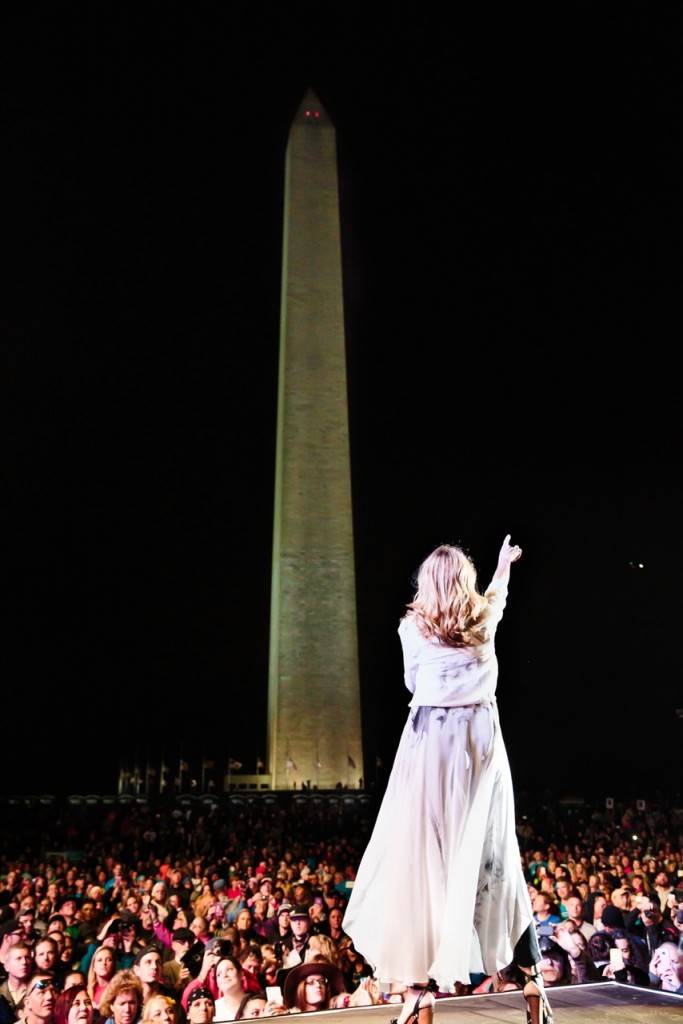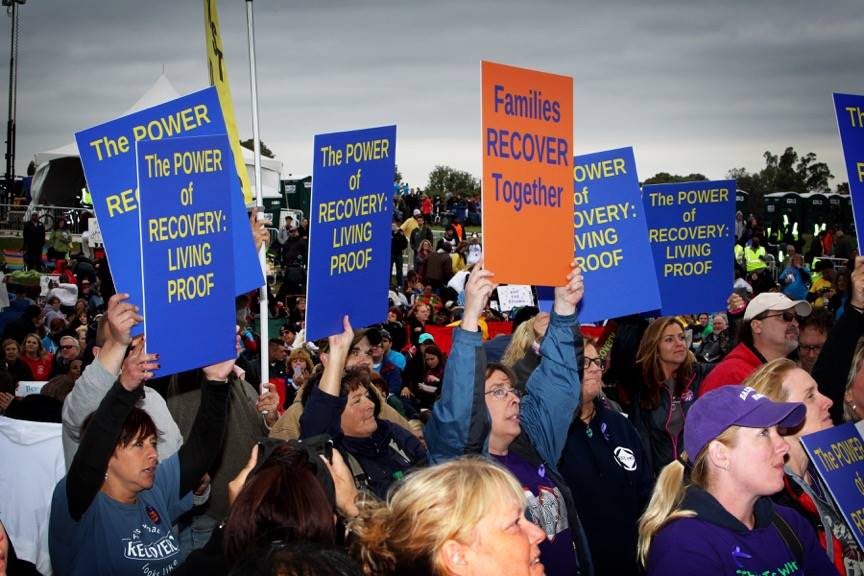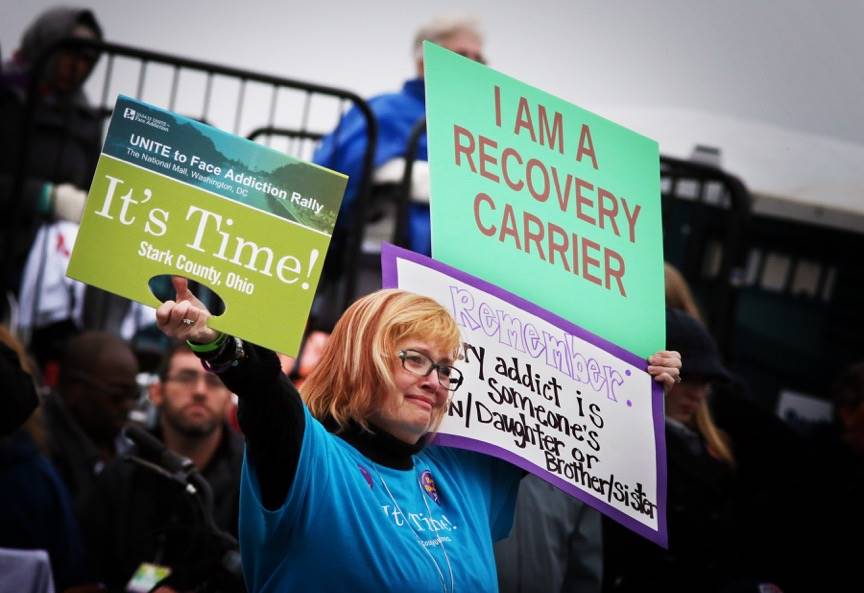 This past weekend thousands of recovery advocates participated in the Unite to Face Addiction rally in Washington D.C., and more than 600 remained to meet with their congressional leaders on issues of importance to people in recovery and their families. The Washington rally was one long dreamed of by the recovery advocates who gathered at the Recovery Summit in 2001 to launch a new addiction recovery advocacy movement. As people return to their homes and reflect on the next steps for themselves and the recovery advocacy movement, it seems a fitting time to revisit thoughts I shared in the closing keynote of the 2001 meeting in St. Paul, Minnesota. Below is a brief excerpt from that closing speech.
This past weekend thousands of recovery advocates participated in the Unite to Face Addiction rally in Washington D.C., and more than 600 remained to meet with their congressional leaders on issues of importance to people in recovery and their families. The Washington rally was one long dreamed of by the recovery advocates who gathered at the Recovery Summit in 2001 to launch a new addiction recovery advocacy movement. As people return to their homes and reflect on the next steps for themselves and the recovery advocacy movement, it seems a fitting time to revisit thoughts I shared in the closing keynote of the 2001 meeting in St. Paul, Minnesota. Below is a brief excerpt from that closing speech.
We have selected the seeds for this campaign; it is time that we went home and planted them. When you get home and ask others to join us in this campaign, some will say they can't help with this movement because they are too old. Remind them that Handsome Lake was 65 years of age in 1799 when he launched a sobriety-based revitalization movement among the Six Nations Iroquois Confederacy. Tell them how this man, who was near death, used his own sustained recovery as a springboard to bring sobriety to thousands of Native Americans.
Some will say they are too young. Remind them of the Reverend Alvin Foltz who entered recovery as a teenager and became known as the "saved drunkard boy" and one of the 19th century's most articulate and effective temperance organizers. Remind them that at the ignition point of the civil rights movement, it was the youngest, not the oldest, minister asked to lead this movement. Remind them that the young King called to lead this movement changed a nation.
Some women will say that the multiple role demands of their lives leave little room to support such a movement. Remind them of the crucial roles women have played in the history of social movements. Remind them that the name of Martin Luther King, Jr., might have remained unknown if it were not for the courage of Rosa Parks.
Some members of the lesbian, gay, bisexual, and transgender community will say that they are too busy fighting their own stigma issues to participate in the recovery advocacy movement. Remind them of a most remarkable human being (and lesbian woman) who dreamed in 1944 that she could change the way a nation viewed alcoholism and the alcoholic. Tell them how Marty Mann built an organization that opened the doors of treatment and saved hundreds of thousands of lives. Tell them that her legacy is now being threatened.
Some will say their background disqualifies them. Remind them of Jerry McAuley and Malcom X whose religious transformations, recoveries from addiction, and activist visions were born in a jail cell. Tell them how each of these men, separated by a century, went on to lead thousands into lives of sober self-respect and dignity.
Some will say they are ill-suited to put a face and voice on recovery. Remind them that the greatest social movements have been sparked and supported by the most imperfect of people. Remind them that their face and their voice will be part of a choir of thousands who like themselves owe a debt of enormous gratitude.
Some will say that they and their families would be injured if they stepped forward. Acknowledge that stigma is real and that we don't need everyone in recovery to play this public role. Remind them that there are hundreds of ways they can support this movement outside the view of the camera. We don't need all individuals and families in recovery for this movement to succeed, but we do need a deeply committed vanguard.
You have been that vanguard and I want to close by honoring your passion and your perseverance. It is time for us to leave here and to go back to our communities. It is time for us to leave here and create the future of recovery in America.
Excerpted from: White, W. (2006). Let's Go Make Some History: Chronicles of the New Addiction Recovery Advocacy Movement. Washington, D.C.: Johnson Institute and Faces and Voices of Recovery, pp. 86-90. Photos courtesy of Greg Williams and Aaron Kucharski.

